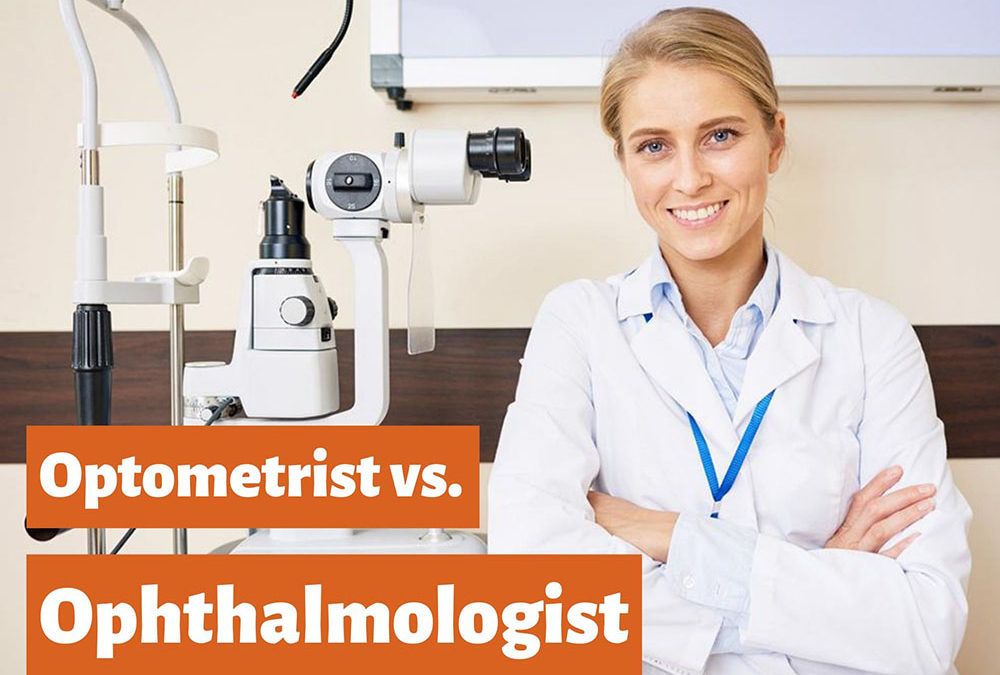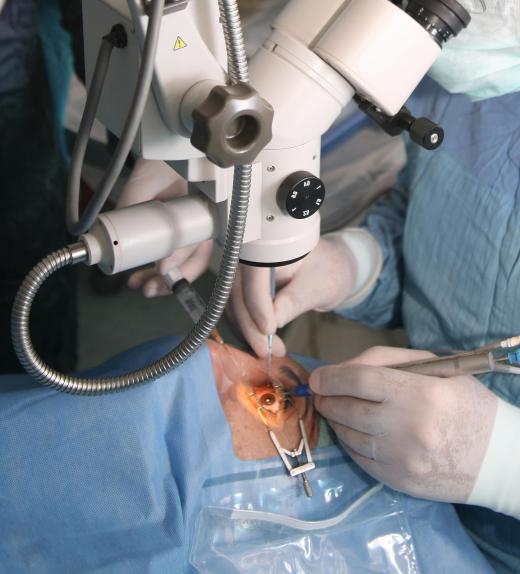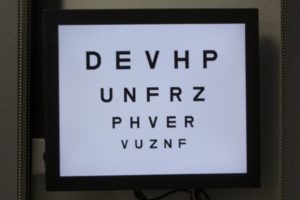The Ultimate Guide To Eye Checks
Table of ContentsNot known Details About Adult & Paediatric Eye Surgery Eye Exam - The FactsThe 7-Minute Rule for Adult & Paediatric Eye SurgeryRumored Buzz on Adult Strabismus
Eye doctors are clinical doctors that concentrate on the diagnosis as well as treatment of eye and also vision problems. What is the distinction in between an ophthalmologist and an optometrist, after that? What regarding opticians? These 3 sorts of eye treatment professionals have rather similar-sounding names as well as overlapping job descriptions. It can be confusing in the beginning look.They can not provide eye examinations, write prescriptions, or identify or treat eye troubles. can examine your eyes, examination your vision, recommend glasses or get in touches with, and identify and also treat several eye disorders as well as illness. They are not medical doctors or doctors yet can prescribe specific eye-related medicines (https://folkd.com/user/drcrlinecatt). Provide eye examinations, vision testing, and prescriptions for glasses or contact lenses.

Ophthalmologists diagnose and deal with injuries, infections, conditions, and also disorders of the eye. Therapies can consist of drug taken orally (by mouth) or topically (in the eye), surgical procedure, cryotherapy (freeze therapy), and radiation treatment (chemical therapy). Eye doctors attend medical school after that obtain numerous years of specialty training in the clinical and surgical treatment of the eye.
Examine This Report about Eye Checks
As they are the only physician who can treat all eye problems, eye doctors see a broad range of eye conditions, consisting of: Exactly how usually should you have an eye test? What are signs that show you may have an eye trouble that requires to be inspected by an optometrist? The American Academy of Ophthalmology suggests: As kids's eyes are growing and changing quickly, they should receive a vision testing.
Grownups who have healthy and balanced eyes as well as exceptional vision need to have 4 comprehensive eye examinations: one in their 20s, 2 in their 30s, as well as one at age 40. These checkups might permit the eye doctor to capture an eye condition or vision changes at an early stage. By the time you observe symptoms, you might currently have some vision loss (AMBLYOPIA).

Individuals that are at a higher threat of eye illness may require to obtain an eye exam much more often. This can include individuals with diabetes mellitus, hypertension, or a family background of eye issues - AMBLYOPIA. After age 65, your eyes ought to be checked each to 2 years. No matter age, individuals that use calls need to have a total eye exam annually.
Your sight relies on seeing the appropriate eye medical professional at the appropriate time. When it's time to "obtain your eyes examined," make certain you are seeing the appropriate eye treatment professional for your requirements. Eye doctors, optometrists and opticians each play a crucial duty in offering eye like customers. Yet the degrees of training and also experience are quite different for each kind of provider.
Fascination About Adult Cataract

is a clinical or osteopathic medical professional that concentrates on eye and vision treatment. Eye doctors vary from eye doctors as well as opticians in their levels of training and in what they can identify and also deal with (https://snip.ly/tp9pv6). As a medical doctor who has actually completed college and also a minimum of eight years of additional clinical training, an eye doctor is licensed to exercise medicine and surgical treatment.
Lots of ophthalmologists are also involved in scientific study on the reasons and remedies for eye conditions as well as vision disorders. SUBSPECIALISTS: ADDITIONAL KNOWLEDGE AND ALSO TRAINING FOR CERTAIN EYE NEEDS While eye doctors are trained to take care of all eye problems and also conditions, some Eye M.D.s specialize in a particular area of medical or surgical eye care.
She or he normally finishes one or two years of added, a lot more comprehensive training called a fellowship in one of the primary subspecialty areas such as glaucoma, retina, cornea, pediatrics, neurology and also cosmetic surgery, as well as others. This included training and also knowledge prepares an ophthalmologist deal with even more complex or details conditions in specific areas of the eye or in certain groups of individuals.
An optometrist is not a medical physician. An optometrist obtains a physician of optometry (OD) degree after finishing 4 years of optometry college, preceded by three years or even more years of college. They are certified to exercise optometry, which largely includes carrying out eye tests as well as vision examinations, suggesting and also giving restorative lenses, identifying particular eye irregularities, and also prescribing medications for particular eye conditions.
6 Simple Techniques For Amblyopia
They utilize prescriptions supplied by eye doctors or optometrists, but do not evaluate vision or compose prescriptions for visual adjustment. Lens are not permitted to diagnose or deal with eye diseases. We all depend on our vision in more ways that we might understand. Without healthy vision, our capacity to work, play, drive or also recognize a face can be considerably influenced.
That's why it is so essential to see an eye doctor for a full medical eye test by age 40, and after that as frequently as suggested by your Eye M.D.
A total, clinical eye test by an Eye M.D. might be the initial step towards saving your sight. Protruding of one or both eyes; Dark drape or shroud that blocks your vision; Reduced vision, even if short-lived; Diabetic issues More about the author mellitus; Distorted vision; Double vision; Excess tearing; Eyelid irregularities; Family history of eye illness; Halos (tinted circles around lights); High blood pressure; HIV or AIDS; Injury to the eye; Loss of outer (side) vision; Misaligned eyes; New floaters (black "strings" or flecks in the vision) and/or flashes of light; Pain in the eye; Thyroid disease-related eye troubles (Tomb' condition); Unusual red eye.